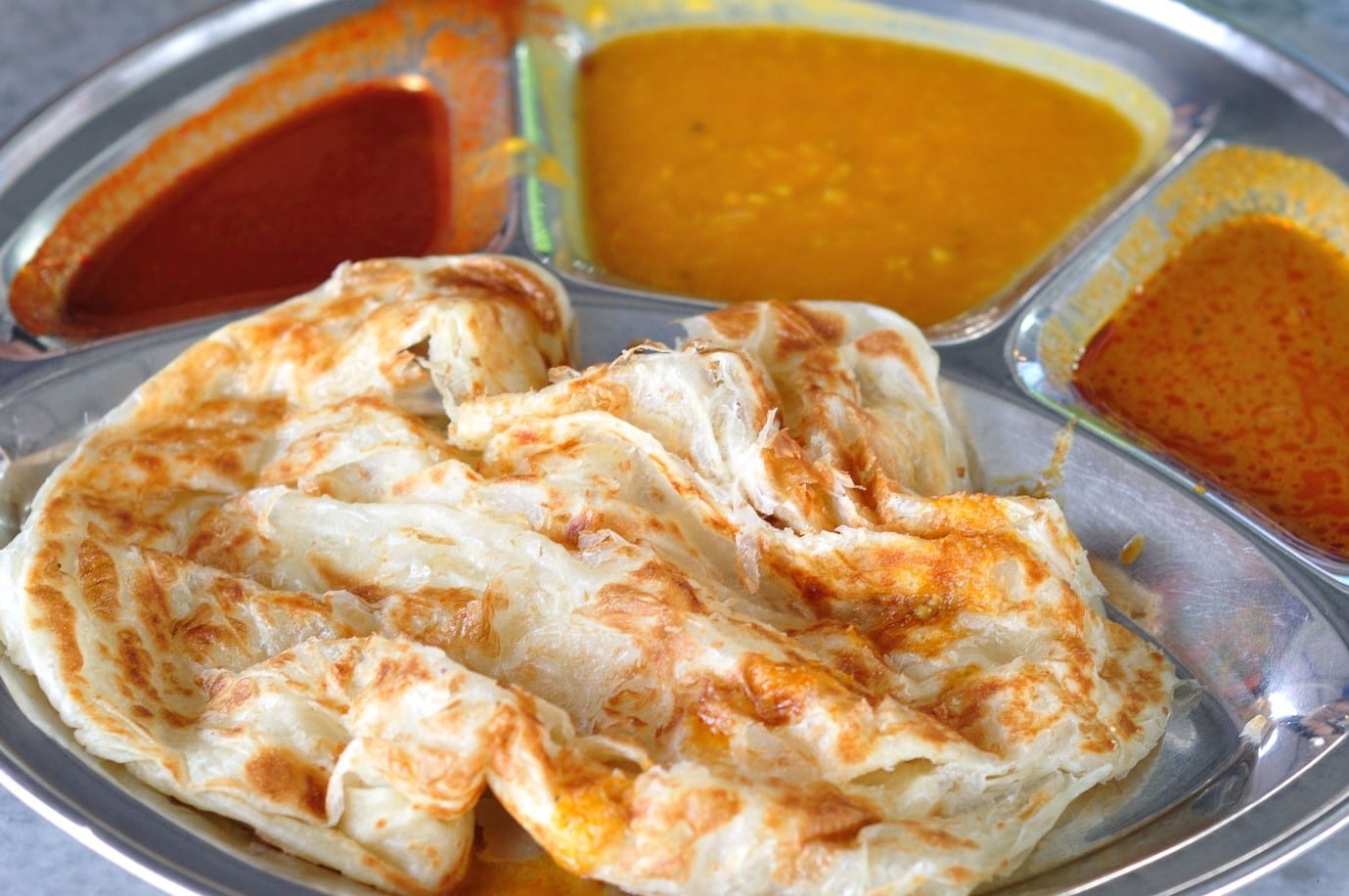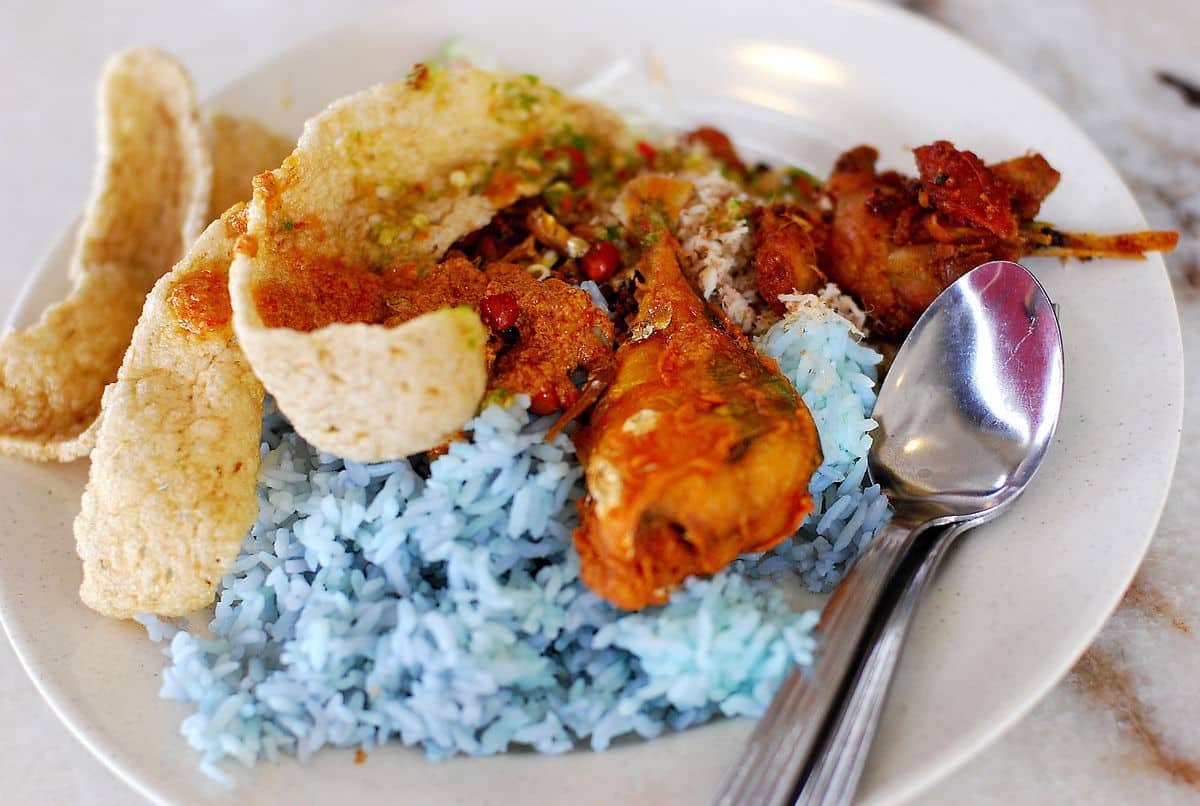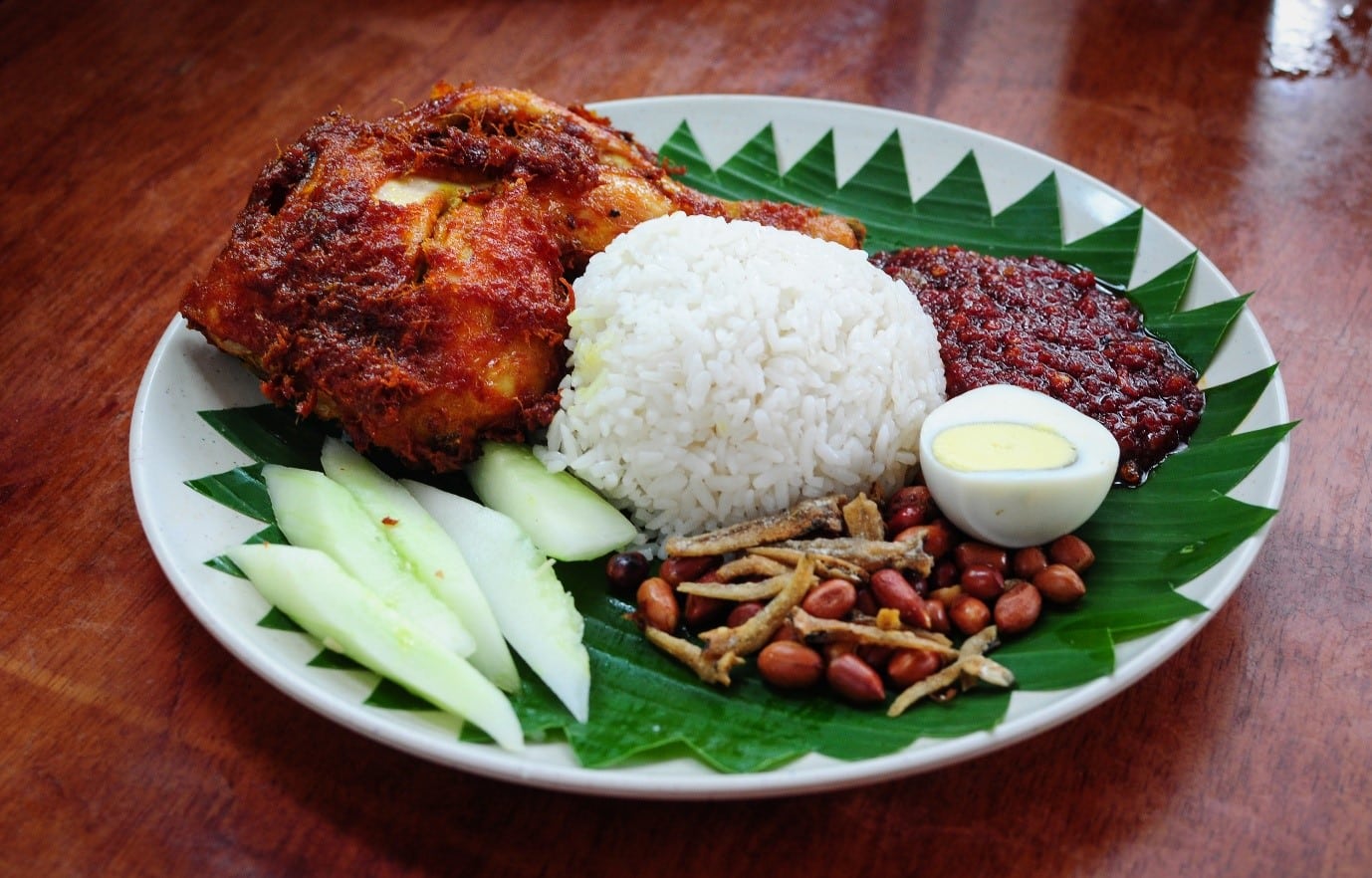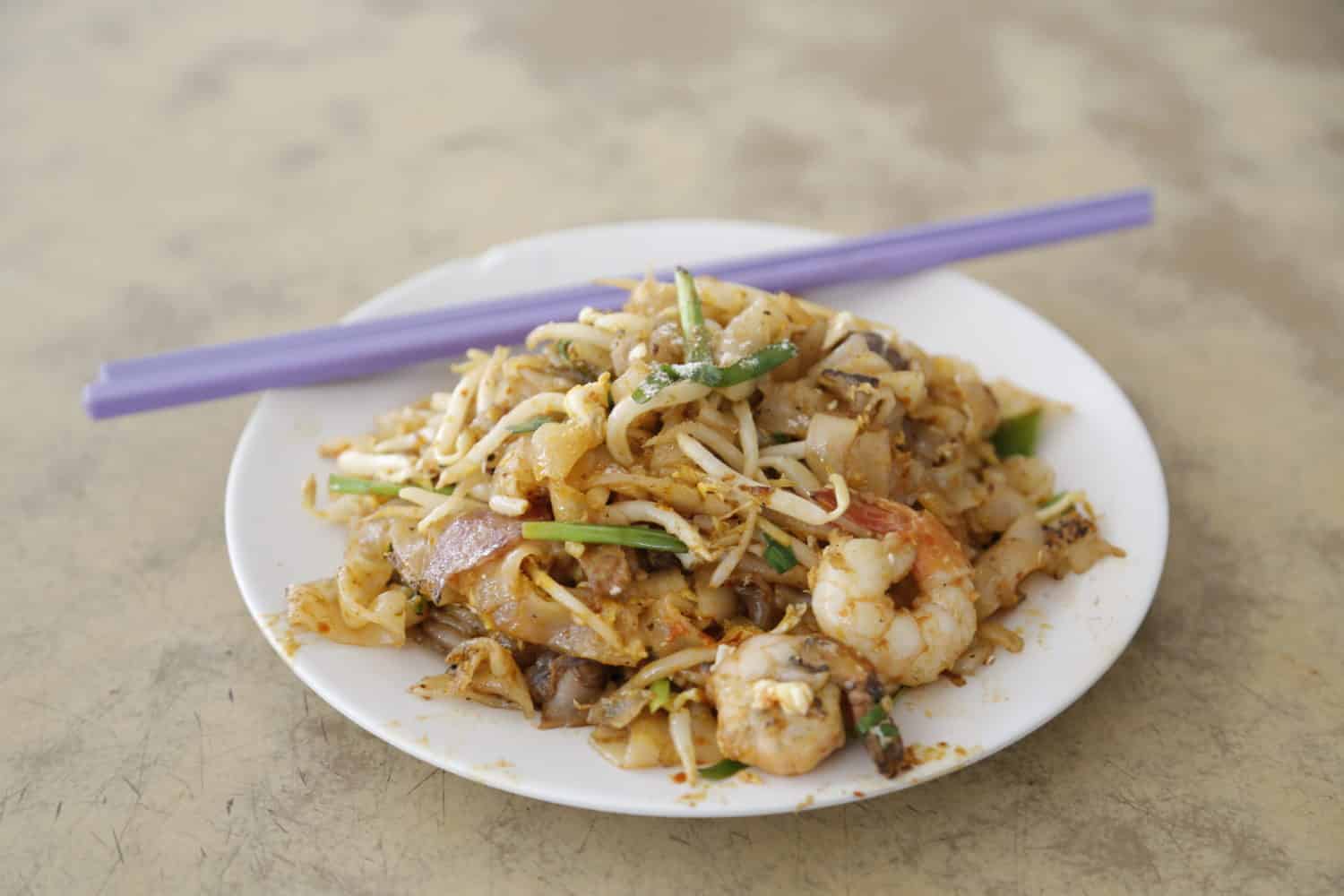Author: Hugo Bennetts
There is an old Malaysian proverb that states: “One who sits by the well will never go thirsty”. Perhaps this explains why Malaysians seem to always be lurking around one restaurant or another.
It is undeniable that part of the Malaysian national identity is a devotion to all things edible, and there is no way to experience Malaysia without sampling its food. A brief look at the country’s history is all one needs to understand why Malaysian cuisine is so successful. Owing to its unique position dangling off the Asian continent, Malaysia became the home for many immigrants from India and China in the 19th and 20th centuries, who settled in communities all throughout the peninsular. Along with their religion, language and traditions, the migrants also brought the flavours and spices that make their cuisines so celebrated. And so, thrown into the pot of traditional Malay foods, were the titan cuisines of India and China, and since then there has been over a hundred years of stirring, fusing and perfecting the pot.
Due to the country’s culinary obsession, food tours are available in the majority of Malaysia’s tourist hotspots, each one showcasing the slight variations and influences that define the local cuisine. There is however one thing in common with all of the food tours here: the quality of the makanan (food). Whether it’s the tauge ayam in Ipoh, the Char Koay Teow in Georgetown or the Sarawak Laksa in Kuching, the dishes are always prepared with care and packed with flavour.
(restaurants): in the night-time, the pavements and streets are overrun by an army of hawker stalls, each chef dedicated to their craft, having spent an entire lifetime mastering their specific dish.
We started our tour on Leboh Ampang, a street by Masjid Jamek (Jamek Mosque) in the original Indian district of KL. Still a bustling street today, we passed shops with names like: ‘Sri Vani Textiles’, ‘Saravana Bhavan’ and ‘Jayanthi Store.’, shops selling patterned saris, exotic Indian spices and Hindu bric-a-brac. We took a left down a blink-and-you’ll-miss-it alleyway, again lined with little stores selling vast numbers of precious trinkets and statues, and waiting for us at the end of the alley, as if it had been our whole lives, was the Restoran Karaikudi Chettinadu Mess.
This local favourite
was to be our introduction to the Malaysian Indian cuisine. We shared some roti
canai, a flatbread considered a variation of the South Indian parotta,
brought over by Indian Muslims. We tore the freshly cooked flatbread with our eager
fingers and dipped it into a variety of curry sauces: daal, chicken, fish,
coconut and tomato. Naturally, each of us had our favourite and after a little
discussion, we thought it best to agree to disagree. With our roti we
each had a teh tarik to drink. Malaysia’s national drink is a blend of
strong black tea and condensed milk, giving it a sweetness that Malaysians find
very hard to refuse. Again, this Malaysian staple comes from Indian Muslim
immigrants, who set up drink stalls by the entrances of rubber plantations to hydrate
thirsty workers.

Image source: https://www.kuali.com/recipe/roti-canai/
Copyright: Star Media Group
With our brief
exploration of the Malaysian Indian cuisine complete, it was time to sample
some of the Malay food KL has to offer. Two stops from Masjid Jemak on the
efficient LRT train network took us to Kampung Baru, a lively Malay
neighbourhood at the heart of KL. By this time, night had descended on the city,
lights were turning on and restaurants were filling up, all adding to that
distinctive Kuala Lumpur buzz.
We walked down Jalan
Raja Muda Musa, a street so detached from the high-rise modernity of KL, you
feel as though you have stepped back in time. The buildings here are built in
the low-rise traditional Malay style, and you quickly realise that there is only
one thing on the agenda and that is food. To your left is a chicken satay
hawker stall, to your right, a Malay kopitiam spilling out onto the
street, now to your left a packed restoran with buffet-style trays of
sizzling hot meats, vegetables, sauces and rices. In fact, it is impossible to
walk at a normal pace and take it all in. One feels as though each place deserves
attention, so you give it to them, trying to capture every detail of the foodie
heaven before you.

Image source: https://en.wikipedia.org/wiki/Nasi_kerabu
Our eyes are immediately
drawn to the light blue rice that’s available at Restoran Kak Som. Nasi
Kerabu is a popular Malay dish along the east coast of Peninsular Malaysia.
It gets its eye-catching colour from the petals of the butterfly-pea flower
that it is cooked in. After sharing a plate, our guide takes us to one of the
most popular restaurants in Kampung Baru: Nasi Lemak Wanjo. We are here for one
reason and one reason only: nasi lemak. Malaysia’s national dish is not
far from being an item of worship in the country. Nowhere can you walk too far
without seeing a ‘NASI LEMAK’ sign and to criticise it would be sacrilegious.

Image source: https://www.timeout.com/kuala-lumpur/food-and-drink/best-nasi-lemak-in-kl
Copyright: Time Out
When I first arrived
in Malaysia, this seemed like an odd combination of ingredients, like something
a lazy university student would rustle up when they couldn’t be bothered to go
to the shops, convincing themselves that “this counts as a meal”. But since then,
I have inevitably had many a nasi lemak and I am now a true convert. Maybe
it is the fragrant rice, steamed with coconut milk and pandan leaf, that makes
it so addictive; whatever it is, it is delicious, and you must have it if
you’re ever in Malaysia.
As we headed back to
Kampung Baru station, each of us worrying that we’d already eaten too much, we
could see to our right the Petronas twin towers illuminated in the Malaysian
night, standing proud and strong: guardians of the city.
With the Malaysian Chinese
cuisine still left to try, we got off at Pasar Seni station, which works as an
entrance point to KL’s famous Chinatown. We strolled down Jalan Hang Lekir, a
pedestrianised street decorated for Chinese New Year with countless red lanterns,
and took a right onto Jalan Sultan. At
certain times and at certain places in Malaysia, whole streets seem to transform
into restaurants, and Jalan Sultan at 9pm on a Tuesday is one such time and a place.
Restaurant after restaurant pours out onto the street, with tables and chairs
popping up to form a surprise obstacle course for any passing traffic.

Image source: https://commons.wikimedia.org/wiki/File:Jalan_Sultan,_KL,_1989.jpg
In these perennially warm tropical evenings, locals are eating quality
food with their friends and families, and the sight humanises the city. The
world is becoming increasingly urbanised and whether you think that is a good thing
or not, it does mean that many people are losing a sense of community that they
once had. Here in KL, food is the thing that brings together people and
communities, and for that alone, it should be lauded.

Image source: https://www.timeout.com/kuala-lumpur/restaurants/best-char-kuey-teow-in-kl
Copyright: Time Out
After Chinatown, the food tour was complete, and with our bellies bursting, we all headed our separate ways into the Kuala Lumpur night. Food is very important in Malaysia. The culture here is wrapped up in its food; one comes with the other. Thus, a food tour in Kuala Lumpur is not just an exploration of the taste buds but also an exploration of Malaysia’s cultural identity and heritage. It is here in Malaysia, in Kuala Lumpur, that the Malays, Chinese and Indians converged, each culture bringing the best of their cuisines with them, and and I for one am very grateful they did.
For more blog posts on Malaysia and Southeast Asia travel, check out our nature blog. Fuze Ecoteer also has Facebook and LinkedIn pages you can follow.